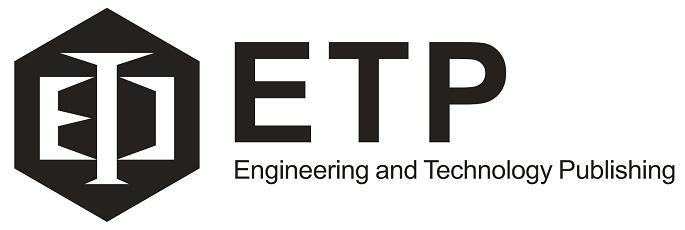Comparative Analysis of Genome Editing for Curing Sickle Cell Disease: Induction of Fetal Hemoglobin and Gene Correction of Sickle Gene
Yiwei Yan
Nancy E. and Peter C. Meinig School of Biomedical Engineering, Cornell University, Ithaca, USA
Email: yy452@cornell.edu
Email: yy452@cornell.edu
Abstract—Known as a monogenic disease, Sickle Cell Disease (SCD) is a collective term for a series of red blood cell disorders affecting a large population in the world. Though current treatments exist and are proven effective (i.e., bone marrow transplant), accessibility severely limits their impact on most patients. Because the monogenic nature of SCD renders it simple to study, scientists are currently attempting to use gene therapy and genome editing to cure the disease. The genome editing approaches are mainly comprised of two methods: reactivating the previously suppressed fetal hemoglobin or a direct gene correction at the mutated residue in the adult beta (β) globin gene. Each approach is supported by a handful of in vitro experiments demonstrating sufficient levels of fetal hemoglobin activation or production of correct β globin in edited cells to rescue SCD. Although genome editing has shown great potential to treat this deadly disease, there remains much more work in in vivo and clinical trials to be done for further long-term evaluation before these approaches to be approved for use in humans. Safety issues and the long-term effects of the genome editing reagents are key topics that require large efforts to improve upon.
Keywords—Sickle Cell Disease (SCD), genome editing, BCL11A, gene correction
Cite: Yiwei Yan, "Comparative Analysis of Genome Editing for Curing Sickle Cell Disease: Induction of Fetal Hemoglobin and Gene Correction of Sickle Gene," International Journal of Pharma Medicine and Biological Sciences, Vol. 12, No. 2, pp. 26-32, April 2023. doi: 10.18178/ijpmbs.12.2.26-32
Cite: Yiwei Yan, "Comparative Analysis of Genome Editing for Curing Sickle Cell Disease: Induction of Fetal Hemoglobin and Gene Correction of Sickle Gene," International Journal of Pharma Medicine and Biological Sciences, Vol. 12, No. 2, pp. 26-32, April 2023. doi: 10.18178/ijpmbs.12.2.26-32
Copyright © 2023 by the authors. This is an open access article distributed under the Creative Commons Attribution License (CC BY-NC-ND 4.0), which permits use, distribution and reproduction in any medium, provided that the article is properly cited, the use is non-commercial and no modifications or adaptations are made.
Previous paper:Compressive and Shear Forces of L5/S1 during Patient Transfer in Different Loads on Hands
Next paper:Last page
Next paper:Last page
